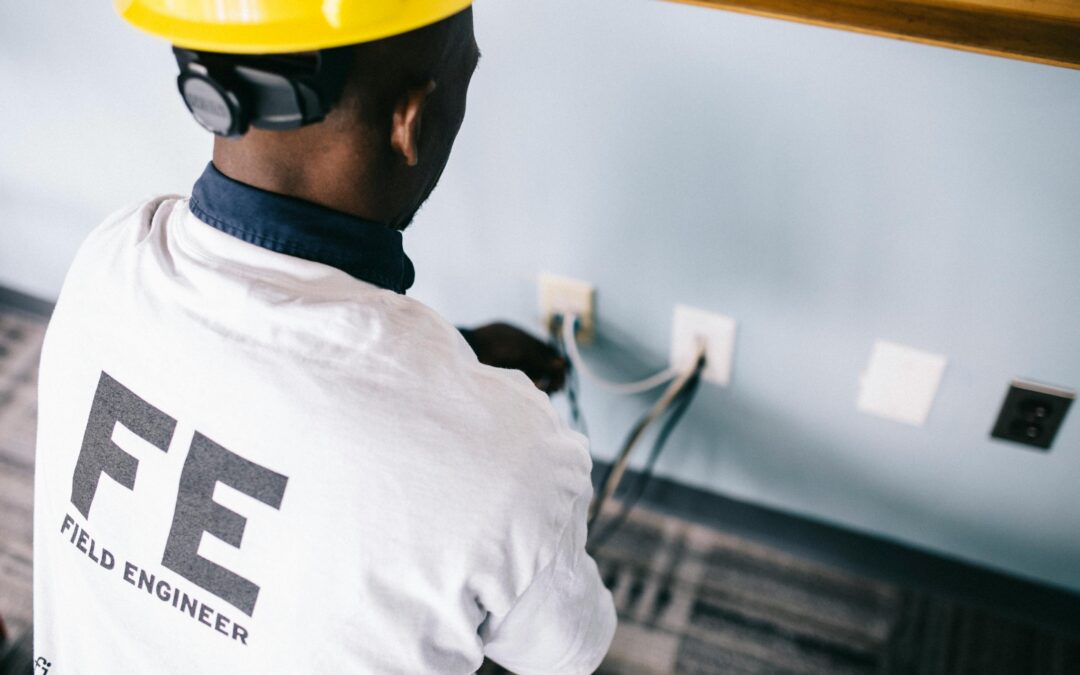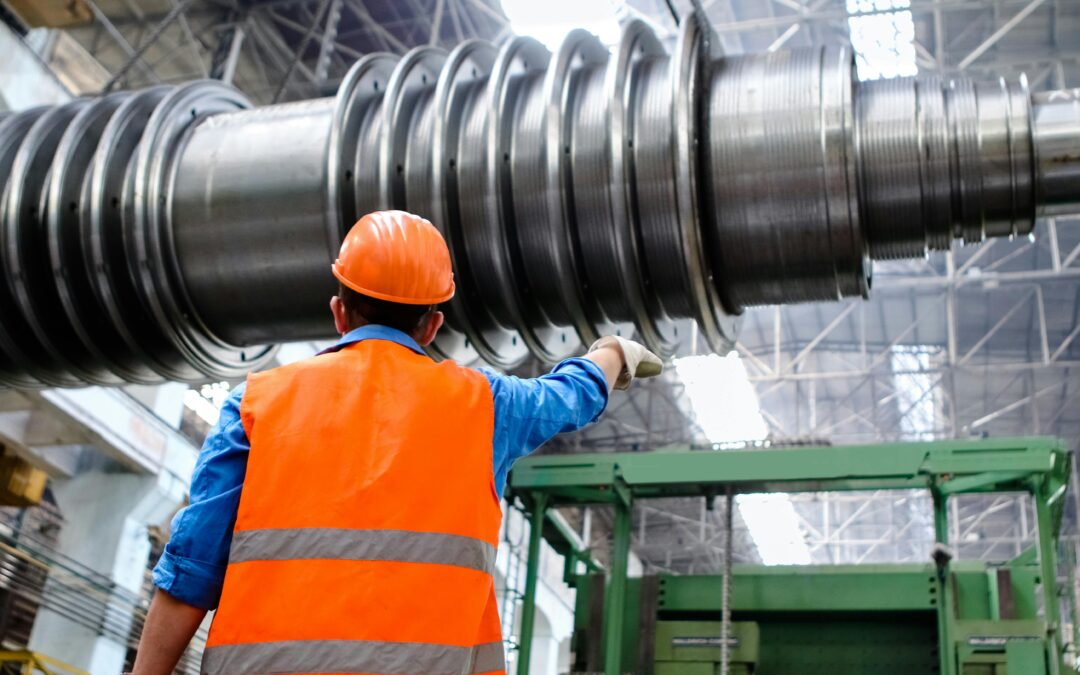Introduction: Safety and Compliance in Construction
In the industrial and construction sectors, safety training isn’t optional—it’s the backbone of a safe, compliant job site. Employers face strict OSHA requirements construction projects must follow, and failure to comply can result in costly fines, accidents, and delays.
Two of the most recognized training programs are OSHA 10 and OSHA 30. But which one should employers require for their workforce? The answer depends on the role, responsibilities, and level of site risk.
This article will break down the differences between OSHA 10 and OSHA 30, outline which workers need each, and provide guidance on building a compliant safety culture.
Understanding OSHA’s Role in Construction
The Occupational Safety and Health Administration (OSHA) sets workplace safety standards across the U.S. In construction, these regulations cover:
- Fall protection and scaffolding safety
- Electrical hazards
- Personal protective equipment (PPE)
- Excavation and trenching standards
- Hazard communication
Employers are legally obligated to train workers on these risks. OSHA’s training programs—OSHA 10-hour and OSHA 30-hour courses—help ensure workers and supervisors understand how to recognize and prevent hazards.
What Is OSHA 10?
The OSHA 10-hour course is an entry-level program designed for frontline workers. It provides a basic overview of construction safety and hazard recognition.
Key Features of OSHA 10:
- Length: 10 hours of training, typically completed over two days.
- Focus: Worker-level safety awareness.
- Content: Covers the “Fatal Four” hazards (falls, struck-by, electrocutions, and caught-in/between), PPE use, health hazards, and basic rights under OSHA law.
- Audience: General laborers, apprentices, and entry-level tradespeople.
For employers, requiring OSHA 10 ensures workers have a foundation in safety training before stepping onto the job site.
What Is OSHA 30?
The OSHA 30-hour course is a more comprehensive program intended for supervisors, foremen, safety coordinators, and anyone with responsibility for managing workers.
Key Features of OSHA 30:
- Length: 30 hours of training, typically completed over four days.
- Focus: Management-level understanding of safety compliance.
- Content: Covers OSHA standards in-depth, hazard prevention strategies, accident investigation, recordkeeping, and supervisory responsibilities.
- Audience: Supervisors, project managers, site safety officers, and foremen.
Requiring OSHA 30 for supervisory staff ensures that those in leadership positions understand both the OSHA requirements construction sites must meet and how to enforce them.
OSHA 10 vs. OSHA 30: Key Differences
| Category | OSHA 10 | OSHA 30 |
| Training Length | 10 hours | 30 hours |
| Depth of Training | Basic safety awareness | Advanced hazard prevention & compliance |
| Audience | Entry-level workers, apprentices | Supervisors, foremen, project managers |
| Compliance Role | Recognize and avoid hazards | Enforce compliance and manage safety |
| Employer Use | Baseline requirement for job site access | Requirement for leadership and oversight |
Which Program Should Employers Require?
The decision to require OSHA 10 or OSHA 30 depends on the role.
- For Workers: OSHA 10 provides sufficient training for general laborers and tradespeople. Many states and municipalities already mandate OSHA 10 for construction workers on publicly funded projects.
- For Supervisors: OSHA 30 should be required for foremen, safety officers, and anyone overseeing workers. They need deeper knowledge to manage hazards and ensure compliance.
- For High-Risk Projects: Employers may choose to require OSHA 30 for all staff when working on projects with heightened safety concerns (refineries, power plants, large-scale construction).
OSHA Requirements in Construction: State and Federal Mandates
While OSHA sets federal standards, some states have additional requirements. For example:
- New York: Requires OSHA 10 for most construction workers.
- Nevada & Massachusetts: Mandate OSHA 10 for workers on public projects.
- Other States: Require OSHA 30 for supervisors on government-funded jobs.
Employers should always verify local compliance requirements before staffing projects to avoid violations.
The Role of Staffing Agencies in Ensuring Compliance
Staffing and recruiting agencies that specialize in industrial and construction trades help employers meet OSHA requirements construction projects demand.
How Staffing Agencies Support Compliance:
- Provide workers who have already completed OSHA 10 or OSHA 30.
- Maintain records of worker certifications for audits and inspections.
- Offer refresher training to keep workers up to date.
- Match workers to projects based on certification level (OSHA 10 for general roles, OSHA 30 for supervisors).
By partnering with a staffing agency, employers reduce risk and ensure that both safety training and compliance are met before work begins.
Why Safety Training Is More Than Just a Checkbox
It’s tempting to treat OSHA training as a legal requirement to “check off the list,” but the reality is far more important.
Benefits of OSHA 10 and OSHA 30 Training:
- Reduced accidents and injuries → fewer lost workdays.
- Lower insurance premiums → safety records impact costs.
- Increased productivity → workers who feel safe are more efficient.
- Improved company reputation → clients value contractors with strong safety cultures.
Safety isn’t just about avoiding fines—it’s about protecting lives and building long-term project success.
Case Study: OSHA 30 Saves a Project from Delays
A construction company managing a large industrial facility expansion required supervisors to have OSHA 30 training. During an inspection, OSHA officials noted potential violations, but because supervisors had the proper training, they were able to address hazards immediately.
The project avoided fines, downtime, and costly redesigns, all because leadership knew to ensure compliance.
This example demonstrates why safety training at all levels is worth the investment.
Best Practices for Employers
Employers can strengthen compliance and safety culture by following these steps:
- Require OSHA 10 for all entry-level workers before they start on-site.
- Mandate OSHA 30 for supervisors and project leaders to oversee compliance.
- Partner with staffing agencies to ensure workers arrive certified.
- Provide refresher courses regularly to reinforce safety protocols.
- Track certifications to ensure workers are always up to date.
Frequently Asked Questions (FAQs)
- What’s the main difference between OSHA 10 and OSHA 30?
OSHA 10 is an entry-level training for workers, while OSHA 30 is an advanced program for supervisors and safety managers. - Is OSHA 10 legally required for construction workers?
In many states, yes. Some mandate OSHA 10 for all construction workers on public projects. - Who should take OSHA 30 training?
Supervisors, foremen, project managers, and anyone responsible for overseeing workers should complete OSHA 30. - How long are OSHA certifications valid?
OSHA 10 and 30 cards do not expire federally, but some employers or states require refresher courses every 3–5 years. - Can staffing agencies supply OSHA-certified workers?
Yes. Specialized staffing agencies provide workers who have already completed OSHA safety training. - What happens if a site is non-compliant with OSHA requirements?
Employers may face fines, work stoppages, and legal liability if they fail to meet OSHA standards.
Conclusion: Choosing the Right OSHA Training for Compliance
Both OSHA 10 and OSHA 30 are essential components of building a safe, compliant workforce. For general workers, OSHA 10 provides the foundation needed to recognize hazards. For supervisors, OSHA 30 delivers the knowledge to manage compliance effectively.
By aligning training requirements with job roles and partnering with staffing agencies that prioritize safety training and OSHA requirements in construction, employers can safeguard their workforce, avoid costly penalties, and maintain productivity.
In construction, safety is not optional, it’s the cornerstone of success.


